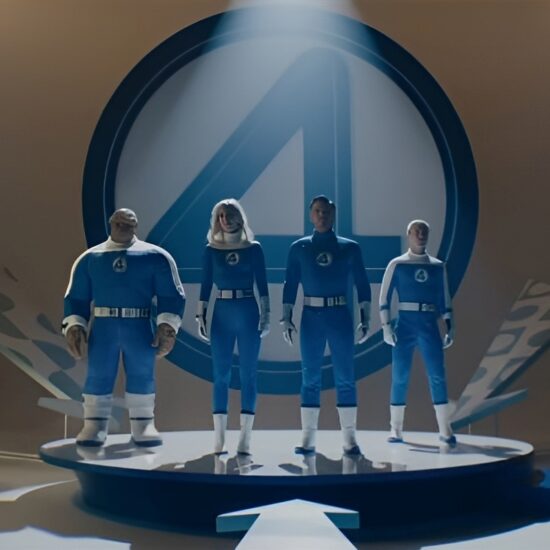In 2016, I stood on the start line of my 263rd race as a professional triathlete waiting to dive into the Costa Rica surf and swim the fastest 1 mile of my life, mountain-bike 40 kilometers through grueling jungle trails and run 10 kilometers of hills, all in 105-degree heat. I was a five-time world champion at this event, a professional mountain biker and a cross-country running champion. When it comes to self-flagellatory endurance and dogged persistence, I’ve earned my stripes. But on that blistering morning at Playa Conchal, I had a major problem.
The day before, I crashed my bike and broke my shoulder. I couldn’t lift my left arm above my waist. I knew I could get through the bike if I strapped my arm at a 90-degree angle to the handlebars, and I could just about run if I used T-rex arms. But the swim had to be one-armed, with feet kicking like an outboard motor. Fortunately, the doctors had said there wasn’t a risk of long-term injury (it was already broken), but the pain was likely to be faint-worthy.
I didn’t just want to win this race, I had to win because the option payment for my passion project, All Quiet on the Western Front, was due the following week, and this was the only way I could get five-digit cash together to keep our dream alive.
With undergraduate and graduate degrees in film and an unquenchable thirst for ridiculous challenges, my writing partner Ian Stokell and I managed to convince the copyright owners to give us the option to Erich Maria Remarque’s 1929 novel in 2006. Ian and I became so accustomed to pleading to renew the option contract each year that it often felt like a peace-talk negotiation of its own. Fortunately, my day job as an endurance athlete was perfect preparation where persistence in the face of failure is the job.
We’d been told that retelling All Quiet was an impossible challenge and to just leave it alone. “I can’t sell that! I need a female John Wick!” said one male studio executive. Others offered more constructive criticism. “It’s a great script, but it’s about the First World War.” That was one strike against us. It’s also about white men killing other white men over imperial hegemonies (strike two). It’s a story told from the perspective of the losing side (strike three) in which the protagonist dies (strike four). Oh, and no one speaks English (strike five).
But I believed in this story. All Quiet was the first war novel I had ever read that was completely stripped of its genre catnip — heroism and adventure. It is a story about hopelessness and helplessness, about betrayal and shock, about losing one’s own humanity until the only thing you have left is war.
I have come to see my sport not as an obstacle to my creativity but a conduit. The relationship between exercise and creativity is well documented in research, and I’ve long used it to plan visual sequences in my head. In fact, the film’s opening sequence came to me on a run. While training, I usually listen to movies and TV series. With dialogue stripped of visual context, my brain re-creates and reimagines the worlds I’m listening to as the miles click by. One freezing morning on a six-hour run in the Scottish Highlands, I was listening to Schindler’s List and my brain was re-creating the scene of the girl in the red coat. My head kept drifting to its cruel beauty, the slaughter of innocence. As I looked across the valley of Glencoe, I had an epiphany: I knew we wanted an opening sequence that was atavistic and jarring, but it was the red coat that inspired the idea: We should follow the uniform, not the man — a human life reduced to the utility of a uniform recycled as propaganda.
In the summer of 2009, after a race in France, I spent a week in Compiègne, on the outskirts of Paris, with my husband, Dr. Simon Marshall — a psychologist and professor of human resilience who became our research and writing consultant, and who is now my writing partner — visiting the train carriage where the armistice was signed. We became mesmerized and obsessed by the grim historical details of that November morning, which seemed to mirror the thematic spine of Remarque’s work. From 5 a.m. until the 11 a.m. cease-fire — when the war was officially over — 2,738 men lost their lives because of blundered communications and the whims of egotistical generals eager to bolster their postwar reputations. The facts were too compelling to ignore; even the tiniest details supported the utter disconnect between the orders and the ordered. Adding the armistice storyline to the film’s climax would provide historical context for a contemporary audience and give some respite from the emotional realism of trench warfare.
The Austrian psychiatrist Viktor Frankl said that it is only through work, love or suffering that man finds purpose and meaning from life. He also said you don’t get to choose which of these existential sandboxes teaches you that lesson. For me, it was suffering in sport — learning not to get distracted by the magnetic pull of our own ego, or the lie of the zero-sum game. A career in film, as in sport, requires a special relationship with the long game, a passion for the process itself. You have to love the hard work, not just the podium.
Back in Costa Rica, I finished the swim dead last, 15 minutes behind the leaders. I channeled my grit into those pedals and rode up to fourth position before starting the 10-kilometer run. I’m not going to lie, it was miserable. But with 2 kilometers to the finish line, I saw the leader ahead. Dizzied by pain, I kept going, each step becoming a private vote against the naysayers and discouragers. In the final kilometer, I took the lead and refused to give it up. I won the race. I missed the medal ceremony and didn’t tell a soul about my injury until a journalist saw me in a sling on the flight home. If only he knew I was simply trying to buy a book.
This story first appeared in a Jan. stand-alone issue of The Hollywood Reporter magazine. To receive the magazine, click here to subscribe.












